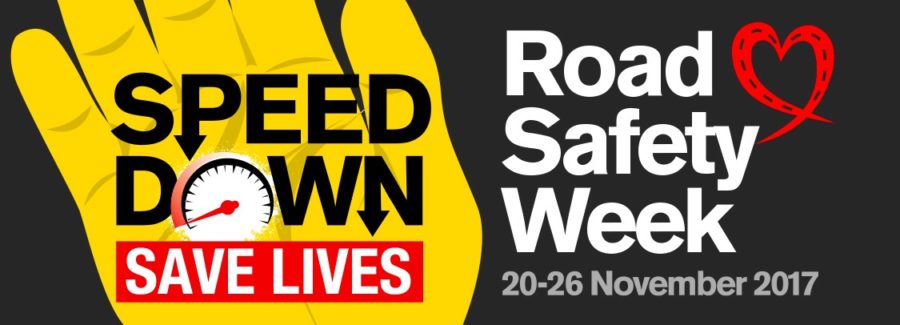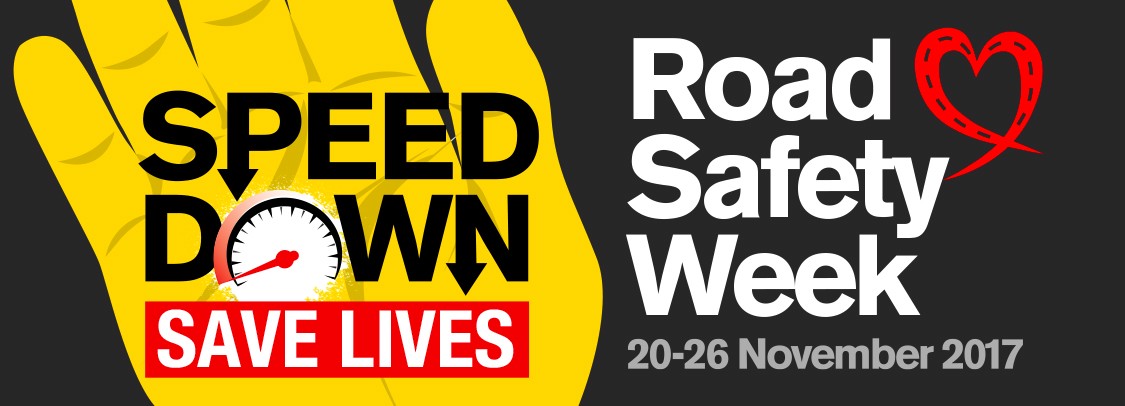
Every day this week, we’ve been supporting Brake’s Road Safety Week by sharing interesting insights into innovative technologies that aim to improve safety on the road. In our seventh and final instalment, we look at anti-driver impairment and distraction systems – some of which seem like they’ve come straight out of a sci-fi movie!
Road casualties caused by drink driving may have fallen significantly over the past 50 years, but according to the Department of Transport, around 220 people are killed in drink driving-related incidents every year. The annual THINK! drink driving campaign targets those who think it’s okay to have a couple of drinks before driving around the festive season, but despite its hard-hitting messages, many people still take the risk…
In the UK, the penalties for being caught driving under the influence of alcohol are strict and include a minimum 12-month driving ban, hefty fine and even up to six months in prison. And in addition to this, the everyday consequences of being caught drink driving can also include loss of independence, an increase in car insurance costs, job loss and trouble travelling to some countries like the USA.
An alcohol detection interlock system is an in-vehicle breath-test that will disable the car’s ignition if the driver exceeds a pre-defined threshold, preventing driving over the limit. The systems are being increasingly used in commercial operations, and some European countries including France, Belgium and Sweden, even require interlocks to be fitted to public transport vehicles such as coaches and school buses.
In Britain, ‘alcolocks’ are a completely voluntary system but are already fitted on National Express coaches – the company installed them on more than 500 vehicles after a two-year trial. Road safety charity, IAM RoadSmart, is also supportive of the introduction of alcolocks in the UK.
According to Brake, fatigue is a major contributory factor in road accidents in the UK, with too little sleep affecting driver attention, awareness, reaction time and ability to control the vehicle. Driver Distraction and Drowsiness Recognition (DDDR) technology aims to help prevent accidents caused by the driver becoming drowsy and has been adopted by many major car brands.
In-vehicle DDDR systems are designed to detect symptoms of fatigue through changes in eye movement (e.g. slow eyelid closure and blink rate) as well as other head movements (e.g. nodding). If the system detects physical indicators of fatigue, it will warn the driver, indicating that they should take a break. Some DDDR systems also monitor heart rate and brain function as well as changes in steering and braking patterns. Audi’s Rest Recommendation System, BMW’s Active Driving Assistant, Nissan’s Driver Attention Alert and Volvo’s Driver Alert Control are just some examples of DDDR systems in practice.
Please click here to read more about how we’re supporting Brake’s Road Safety Week by raising awareness of innovation in road safety technology.




